HSBC 2008 Annual Report Download - page 127
Download and view the complete annual report
Please find page 127 of the 2008 HSBC annual report below. You can navigate through the pages in the report by either clicking on the pages listed below, or by using the keyword search tool below to find specific information within the annual report.-
 1
1 -
 2
2 -
 3
3 -
 4
4 -
 5
5 -
 6
6 -
 7
7 -
 8
8 -
 9
9 -
 10
10 -
 11
11 -
 12
12 -
 13
13 -
 14
14 -
 15
15 -
 16
16 -
 17
17 -
 18
18 -
 19
19 -
 20
20 -
 21
21 -
 22
22 -
 23
23 -
 24
24 -
 25
25 -
 26
26 -
 27
27 -
 28
28 -
 29
29 -
 30
30 -
 31
31 -
 32
32 -
 33
33 -
 34
34 -
 35
35 -
 36
36 -
 37
37 -
 38
38 -
 39
39 -
 40
40 -
 41
41 -
 42
42 -
 43
43 -
 44
44 -
 45
45 -
 46
46 -
 47
47 -
 48
48 -
 49
49 -
 50
50 -
 51
51 -
 52
52 -
 53
53 -
 54
54 -
 55
55 -
 56
56 -
 57
57 -
 58
58 -
 59
59 -
 60
60 -
 61
61 -
 62
62 -
 63
63 -
 64
64 -
 65
65 -
 66
66 -
 67
67 -
 68
68 -
 69
69 -
 70
70 -
 71
71 -
 72
72 -
 73
73 -
 74
74 -
 75
75 -
 76
76 -
 77
77 -
 78
78 -
 79
79 -
 80
80 -
 81
81 -
 82
82 -
 83
83 -
 84
84 -
 85
85 -
 86
86 -
 87
87 -
 88
88 -
 89
89 -
 90
90 -
 91
91 -
 92
92 -
 93
93 -
 94
94 -
 95
95 -
 96
96 -
 97
97 -
 98
98 -
 99
99 -
 100
100 -
 101
101 -
 102
102 -
 103
103 -
 104
104 -
 105
105 -
 106
106 -
 107
107 -
 108
108 -
 109
109 -
 110
110 -
 111
111 -
 112
112 -
 113
113 -
 114
114 -
 115
115 -
 116
116 -
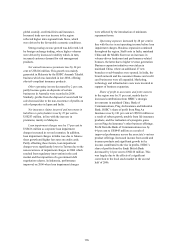 117
117 -
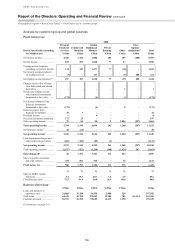 118
118 -
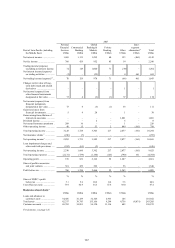 119
119 -
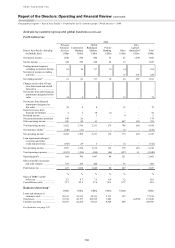 120
120 -
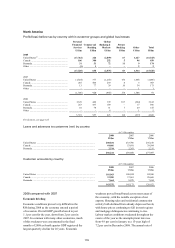 121
121 -
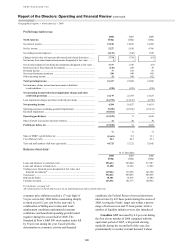 122
122 -
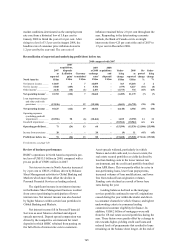 123
123 -
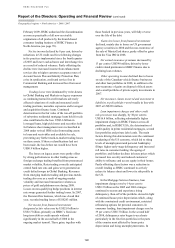 124
124 -
 125
125 -
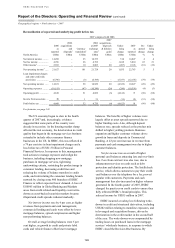 126
126 -
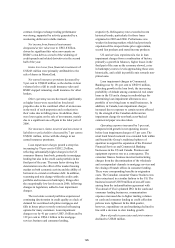 127
127 -
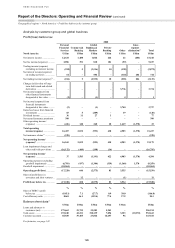 128
128 -
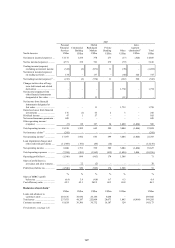 129
129 -
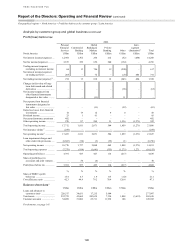 130
130 -
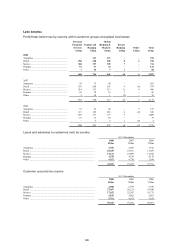 131
131 -
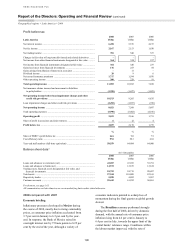 132
132 -
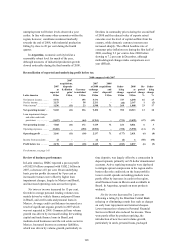 133
133 -
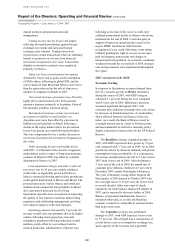 134
134 -
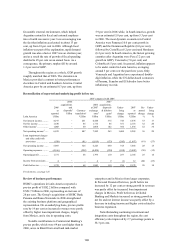 135
135 -
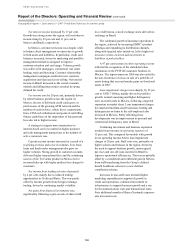 136
136 -
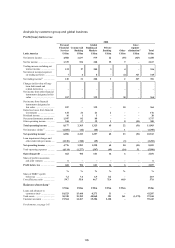 137
137 -
 138
138 -
 139
139 -
 140
140 -
 141
141 -
 142
142 -
 143
143 -
 144
144 -
 145
145 -
 146
146 -
 147
147 -
 148
148 -
 149
149 -
 150
150 -
 151
151 -
 152
152 -
 153
153 -
 154
154 -
 155
155 -
 156
156 -
 157
157 -
 158
158 -
 159
159 -
 160
160 -
 161
161 -
 162
162 -
 163
163 -
 164
164 -
 165
165 -
 166
166 -
 167
167 -
 168
168 -
 169
169 -
 170
170 -
 171
171 -
 172
172 -
 173
173 -
 174
174 -
 175
175 -
 176
176 -
 177
177 -
 178
178 -
 179
179 -
 180
180 -
 181
181 -
 182
182 -
 183
183 -
 184
184 -
 185
185 -
 186
186 -
 187
187 -
 188
188 -
 189
189 -
 190
190 -
 191
191 -
 192
192 -
 193
193 -
 194
194 -
 195
195 -
 196
196 -
 197
197 -
 198
198 -
 199
199 -
 200
200 -
 201
201 -
 202
202 -
 203
203 -
 204
204 -
 205
205 -
 206
206 -
 207
207 -
 208
208 -
 209
209 -
 210
210 -
 211
211 -
 212
212 -
 213
213 -
 214
214 -
 215
215 -
 216
216 -
 217
217 -
 218
218 -
 219
219 -
 220
220 -
 221
221 -
 222
222 -
 223
223 -
 224
224 -
 225
225 -
 226
226 -
 227
227 -
 228
228 -
 229
229 -
 230
230 -
 231
231 -
 232
232 -
 233
233 -
 234
234 -
 235
235 -
 236
236 -
 237
237 -
 238
238 -
 239
239 -
 240
240 -
 241
241 -
 242
242 -
 243
243 -
 244
244 -
 245
245 -
 246
246 -
 247
247 -
 248
248 -
 249
249 -
 250
250 -
 251
251 -
 252
252 -
 253
253 -
 254
254 -
 255
255 -
 256
256 -
 257
257 -
 258
258 -
 259
259 -
 260
260 -
 261
261 -
 262
262 -
 263
263 -
 264
264 -
 265
265 -
 266
266 -
 267
267 -
 268
268 -
 269
269 -
 270
270 -
 271
271 -
 272
272 -
 273
273 -
 274
274 -
 275
275 -
 276
276 -
 277
277 -
 278
278 -
 279
279 -
 280
280 -
 281
281 -
 282
282 -
 283
283 -
 284
284 -
 285
285 -
 286
286 -
 287
287 -
 288
288 -
 289
289 -
 290
290 -
 291
291 -
 292
292 -
 293
293 -
 294
294 -
 295
295 -
 296
296 -
 297
297 -
 298
298 -
 299
299 -
 300
300 -
 301
301 -
 302
302 -
 303
303 -
 304
304 -
 305
305 -
 306
306 -
 307
307 -
 308
308 -
 309
309 -
 310
310 -
 311
311 -
 312
312 -
 313
313 -
 314
314 -
 315
315 -
 316
316 -
 317
317 -
 318
318 -
 319
319 -
 320
320 -
 321
321 -
 322
322 -
 323
323 -
 324
324 -
 325
325 -
 326
326 -
 327
327 -
 328
328 -
 329
329 -
 330
330 -
 331
331 -
 332
332 -
 333
333 -
 334
334 -
 335
335 -
 336
336 -
 337
337 -
 338
338 -
 339
339 -
 340
340 -
 341
341 -
 342
342 -
 343
343 -
 344
344 -
 345
345 -
 346
346 -
 347
347 -
 348
348 -
 349
349 -
 350
350 -
 351
351 -
 352
352 -
 353
353 -
 354
354 -
 355
355 -
 356
356 -
 357
357 -
 358
358 -
 359
359 -
 360
360 -
 361
361 -
 362
362 -
 363
363 -
 364
364 -
 365
365 -
 366
366 -
 367
367 -
 368
368 -
 369
369 -
 370
370 -
 371
371 -
 372
372 -
 373
373 -
 374
374 -
 375
375 -
 376
376 -
 377
377 -
 378
378 -
 379
379 -
 380
380 -
 381
381 -
 382
382 -
 383
383 -
 384
384 -
 385
385 -
 386
386 -
 387
387 -
 388
388 -
 389
389 -
 390
390 -
 391
391 -
 392
392 -
 393
393 -
 394
394 -
 395
395 -
 396
396 -
 397
397 -
 398
398 -
 399
399 -
 400
400 -
 401
401 -
 402
402 -
 403
403 -
 404
404 -
 405
405 -
 406
406 -
 407
407 -
 408
408 -
 409
409 -
 410
410 -
 411
411 -
 412
412 -
 413
413 -
 414
414 -
 415
415 -
 416
416 -
 417
417 -
 418
418 -
 419
419 -
 420
420 -
 421
421 -
 422
422 -
 423
423 -
 424
424 -
 425
425 -
 426
426 -
 427
427 -
 428
428 -
 429
429 -
 430
430 -
 431
431 -
 432
432 -
 433
433 -
 434
434 -
 435
435 -
 436
436 -
 437
437 -
 438
438 -
 439
439 -
 440
440 -
 441
441 -
 442
442 -
 443
443 -
 444
444 -
 445
445 -
 446
446 -
 447
447 -
 448
448 -
 449
449 -
 450
450 -
 451
451 -
 452
452 -
 453
453 -
 454
454 -
 455
455 -
 456
456 -
 457
457 -
 458
458 -
 459
459 -
 460
460 -
 461
461 -
 462
462 -
 463
463 -
 464
464 -
 465
465 -
 466
466 -
 467
467 -
 468
468 -
 469
469 -
 470
470 -
 471
471 -
 472
472
 |
 |
125
contrast, foreign exchange trading performance
was strong, supported by activity generated by a
weakening dollar and volatile markets.
Net income from financial instruments
designated at fair value rose to US$1.8 billion,
driven by significant fair value movements on
HSBC’s own debt as a result of the widening of
credit spreads and related derivatives in the second
half of the year.
Gains less losses from financial investments of
US$245 million were primarily attributable to the
sale of shares in MasterCard.
Net earned insurance premiums decreased by
9 per cent to US$449 million, as the decline in loan
volumes led to a fall in credit insurance sales and
HSBC stopped reinsuring credit insurance for other
lenders.
Other operating income decreased significantly,
as higher losses were recorded on foreclosed
properties due to the combined effect of an increase
in the stock of such properties and a reduction in
their value due to falling prices. In addition, there
were lower gains on the sale of investments, mainly
due to a significant one-off gain in the latter part of
2006.
Net insurance claims incurred and movement in
liabilities to policyholders decreased by 7 per cent to
US$241 million, in line with the change in net
earned insurance premiums.
Loan impairment charges posted a steep rise,
increasing by 79 per cent to US$12.2 billion,
reflecting substantially higher charges in the US
consumer finance loan book, primarily in mortgage
lending but also in the credit cards portfolio in the
final part of the year. The main factor driving this
deterioration was the effect of the weaker housing
market on both economic activity and the ability of
borrowers to extend or refinance debt. In addition,
seasoning and mix change within the credit cards
portfolio and increases in bankruptcy filings after
the exceptionally low levels seen in 2006, following
changes in legislation, added to loan impairment
charges.
The real estate secured portfolios experienced
continuing deterioration in credit quality as a lack of
demand for securitised sub-prime mortgages and
falls in house prices severely restricted refinancing
options for many customers. Loan impairment
charges rose by 41 per cent to US$3.1 billion and by
139 per cent to US$4.1 billion in the mortgage
services business and consumer lending,
respectively. Delinquency rates exceeded recent
historical trends, particularly for those loans
originated in 2005 and 2006. Performance was
weakest in housing markets which had previously
experienced the steepest home price appreciation,
second lien products and stated income products.
US card services experienced a rise in loan
impairment charges from a combination of factors,
primarily a growth in balances, higher losses in the
final part of the year as the economy slowed, a rise
in bankruptcy rates to levels approaching those seen
historically, and a shift in portfolio mix towards non-
prime loans.
Loan impairment charges in Commercial
Banking rose by 151 per cent to US$191 million,
reflecting growth in the loan book, the increasing
probability of default among commercial real estate
loans in the US and a change in methodology for
determining loan impairment allowances on a
portfolio of revolving loans to small businesses. In
addition, in Canada, loan impairment charges
increased due to exposure to certain sectors affected
by the strength of the Canadian dollar and an
impairment charge for non-bank asset-backed
commercial paper was also taken.
Operating expenses increased by 3 per cent,
compared with growth in net operating income
before loan impairment charges of 5 per cent. The
retail bank branch network was extended both within
and beyond the Group’s traditional spheres of
operation to support the expansion of the Personal
Financial Services and Commercial Banking
businesses in the US and Canada. Premises and
equipment expenses rose as a consequence. The
consumer finance business incurred restructuring
charges from the discontinuation of the wholesale
and correspondent channels in mortgage services and
the closing of branch offices in consumer lending.
There were corresponding benefits in origination
costs. The Canadian consumer finance business was
also restructured in a similar fashion to the US. The
business incurred US$70 million of one-off costs
arising from the indemnification agreement with
Visa ahead of Visa’s planned IPO. In the cards and
consumer lending businesses, communication
expenses increased due to higher mailing volumes
on cards and consumer lending as credit collection
policies were tightened. In the third quarter,
however, expenditure on card marketing declined in
line with a decision to slow lending growth.
Share of profit in associates and joint ventures
declined to US$20 million.
